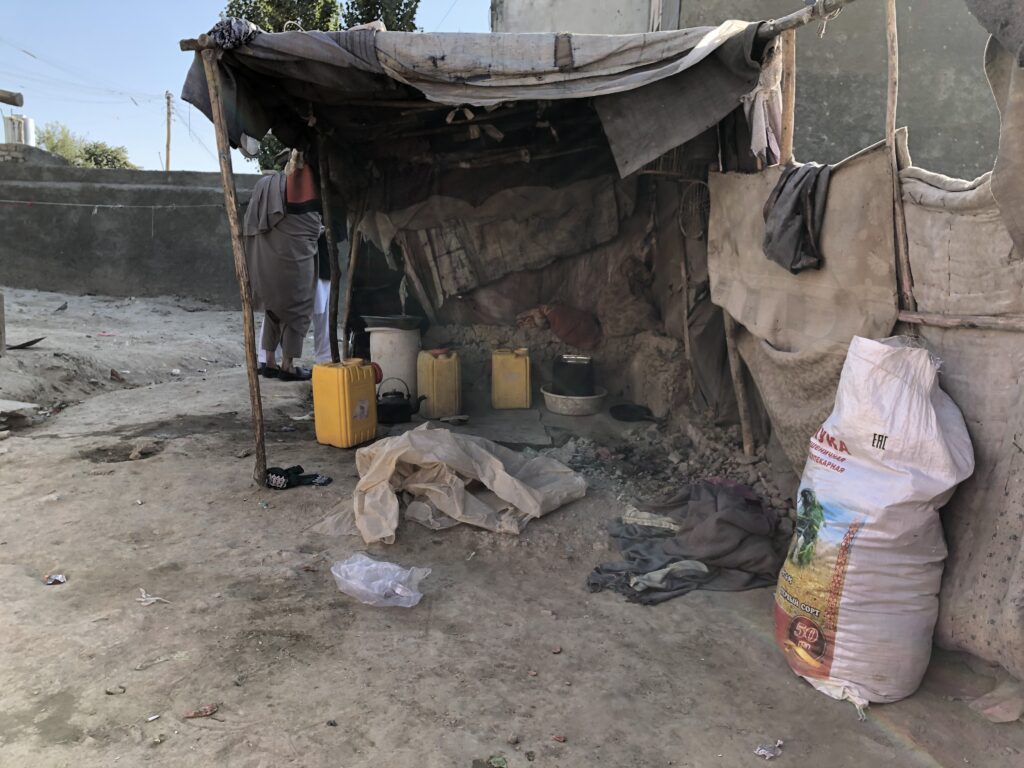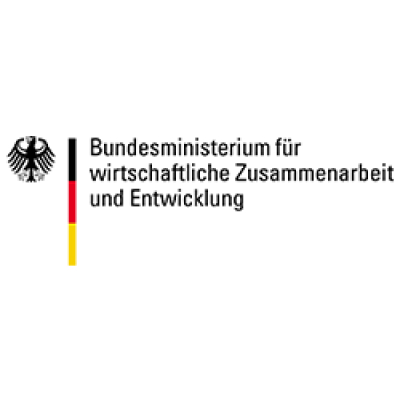Financial poverty is a global problem that affects millions of people. Children suffer particularly from poverty, as they miss out on important opportunities at a crucial stage of their development and their future prospects are severely limited.
Here you can find out all about the causes of poverty, which groups are particularly affected and how child poverty manifests itself in different countries.
What is poverty?
Financial poverty means more than just a lack of money. It is a condition in which people are unable to meet their basic human needs.
These include, for example:
- Nutrition
- Clean water
- Health care
- Education
Children are particularly hard hit by the effects of poverty, as they lack the means to achieve adequate development and prospects for the future.
What is the cause of poverty?
Financial poverty has many causes, which often intertwine and reinforce each other. Wenn Kinder aufgrund von Armut nicht zur Schule gehen können, sind sie später schlechter auf den Arbeitsmarkt vorbereitet und haben geringere Chancen, ein stabiles Einkommen zu erzielen. Diese mangelnden Bildungschancen sind ein wesentlicher Faktor, der den perpetuating the cycle of poverty.
Unemployment among parents or low-paid work mean that many children grow up in poverty. Also economic instability and unequal distribution of resources lead in many countries to high levels of child poverty.
The situation of children in regions affected by conflicts, wars or natural disasters is particularly dramatic. Afghanistan and Uganda are two examples of countries where a particularly large number of people are affected by financial hardship.
What types of poverty are there?
Financial poverty can occur in different ways, which are often intertwined. These two forms of poverty can be different in different parts of the world, but also within a country, such as Germany:
- Absolute poverty:
This describes extreme hardship in which basic needs such as food and shelter are not met. The World Bank defines absolute poverty as an income of less than 2.15 US dollars per day (as of 2022). In many countries, absolute poverty means that children do not have enough to eat or access to clean water and medical care. - Relative poverty:
This form occurs when people – compared to the average in their society – have significantly fewer resources. In Germany, for example, this means that families with children are unable to participate in social activities and their opportunities for education and social advancement are severely restricted.
Both relative poverty and absolute poverty have devastating effects on children:
- They can’t go to school
- They are more susceptible to diseases
- They often experience social exclusion
This poverty can lead to a lifelong disadvantage and drastically reduce the chances of a fulfilling life.
Poverty in Germany - When are you considered poor?
In a country like Germany, one might assume that poverty is less of an issue. But even here, there are a considerable number of people who suffer from the effects of their situation.
In Germany, the poverty line is 60% of the median income of the population. In 2022, this meant around 1250 euros per month for a one-person household. Families with children living below this poverty line in Germany are considered to be at risk of poverty.
The consequences of child poverty in Germany are far-reaching: children from families at risk of poverty have poorer educational opportunities, as they often lack the necessary resources such as school materials or access to tutoring. This problem also has a social component: children experience exclusion because they cannot afford leisure activities such as sports clubs or school trips.
This form of relative poverty may be less obvious than absolute poverty in countries of the Global South, but it leaves a deep mark in the lives of those affected. There is often talk of a vicious circle of poverty from which it is difficult to escape.

Poverty worldwide: Children in Uganda and Afghanistan
Financial poverty in Uganda
In Uganda, many children are affected by financial hardship. Children often have to work to support their families instead of going to school. Access to education is particularly limited in rural areas.
Families cannot afford the following:
- School fees
- School uniforms
- School materials
As a result, many children have no educational opportunities. This in turn affects the economic development of the entire country, as a population without access to education has fewer opportunities for well-paid jobs.
Financial poverty in Afghanistan
Afghanistan, a country characterized by decades of conflict, is struggling with massive poverty. According to a UN study, in 2023 there were even 97% of the Afghan population affected by financial poverty.
Many families live in extremely difficult conditions and children suffer particularly from the consequences of poverty. Here too, education remains out of reach for many children. Numerous families cannot send their children to school.
This is due to two factors in particular:
- Unstable security situation
- Economic difficulties
Girls in particular are often excluded from education, which significantly impairs their chances of improving their living conditions in the long term.
Strategies against child poverty
Children who grow up in poverty are often trapped in a vicious circle of poverty. They have no access to education and healthcare, which significantly reduces their chances of a better life.
If children do not have access to these basic resources, poverty is often passed on to the next generation. Combating poverty, especially child poverty, requires a multidimensional approach.
- Educational justice:
Schools must also be made accessible in the poorest and most remote regions. Education is the key to a better future for every child.
- Ensuring health care:
Children living in poverty need access to basic medical care. Vaccination, nutrition and medical care programs are crucial to reducing child mortality. - Support for families:
Families living in poverty often need direct financial support to provide adequately for their children. Programs that help parents find stable employment or start small businesses can help combat poverty in the long term.
Winter emergency aid for women-headed households in Afghanistan
Conclusion
The brutality of poverty is particularly evident in countries like Uganda and Afghanistan, but even in wealthy countries like Germany there are children who live in relative poverty.
It is crucial to see children as the main target group for poverty reduction measures. Not only are they the future of our world, but they are also the most vulnerable group who, without support and cooperation, have little chance of breaking the cycle of poverty.
FAQ
What percentage of people live in poverty?
Around 9.2% of the world’s population live in extreme poverty, meaning they have less than USD 2.15 per day (as of 2021, World Bank). However, in some regions, particularly in sub-Saharan Africa, the proportion is significantly higher. These figures reflect extreme poverty, while broader definitions of poverty may show higher proportions in many countries.
Why is there poverty in Africa?
Poverty in Africa is the result of a combination of historical, political and economic factors. Colonial exploitation, political instability, corruption and unequal distribution of resources have created long-term obstacles to development.
Added to this are challenges such as a lack of access to education, high unemployment, rapid population growth and the effects of climate change, which particularly affect rural areas. These factors often work together and make it difficult to combat poverty in many African countries.
What can I do to help fight poverty?
To combat poverty, you can support educational initiatives and fair working conditions as well as help organizations through donations or volunteer work. Conscious consumption of fair trade products and political commitment to social justice also contribute to this.



